The upcoming implementation of the new European Railway Traffic Management System (ERTMS), which we have explored in a previous blog, is expected to contribute significantly to improvements in rail operations and planning – and Agility3 is at the forefront of these advances in its recent and ongoing work for ProRail, the Netherlands national rail infrastructure manager.
For a national rail network with an already high occupancy rate, responding to future transport demand can be a challenge. Simply adding more trains is rarely the answer, as the network is, by definition, likely to be near its physical and logistical traffic limits.
Changing the way that traffic is managed, by increasing flexibility in daily operations through better decision support systems like ERTMS, for example, can deliver a compelling solution to the capacity conundrum – but only if the impact of such systems on train drivers, controllers, and other personnel involved in the operation of the railway is fully understood.
This was why ProRail turned to Agility3. Whilst ProRail had an existing simulator of the train and its on-board signalling control systems, it lacked a driver view ‘out of the cab’ that would replicate the real world signs, signals and other features, and demonstrate how these appear or behave differently as a result of changes to procedures and schedules driven by ERTMS.
Agility3 designed and delivered a bespoke 3D visualisation solution to address exactly these needs.
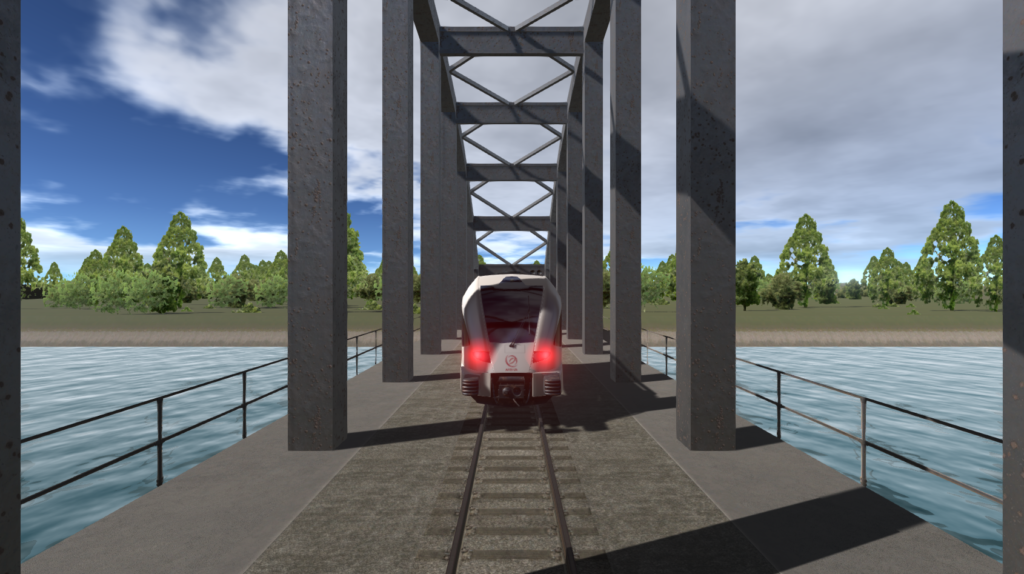
From raw data to integrated 3D
Agility3’s solution auto-generates 3D rail networks directly from ProRail’s track data, and enables the rail networks to be visualised from the perspective of a train driver. At the same time, it also interfaces with existing ERTMS Driver Machine Interface (DMI) and train simulators, so that the view from the simulated train cab is always consistent with the ERTMS data presented to the driver on the simulated DMI.
In this way, the existing track, station, and asset data is presented faithfully but also in a way that takes into account scenario-specific effects (for example, weather, sunlight, shadow, night-driving, the presence of other trains and rolling stock) and how these might be exacerbated or mitigated by ERTMS’s effect on timings, track occupancy, and other planning and operational parameters.
This integrated 3D view enables ProRail to gain a thorough insight into how ERTMS will impact the experience of a train driver, and is helping them to test, improve, and validate the processes that take place between train drivers and controllers.
It is also enabling them to explore new, innovative train platooning solutions that will become possible with the deployment of ERTMS, and that could help boost the existing track network’s capacity significantly.
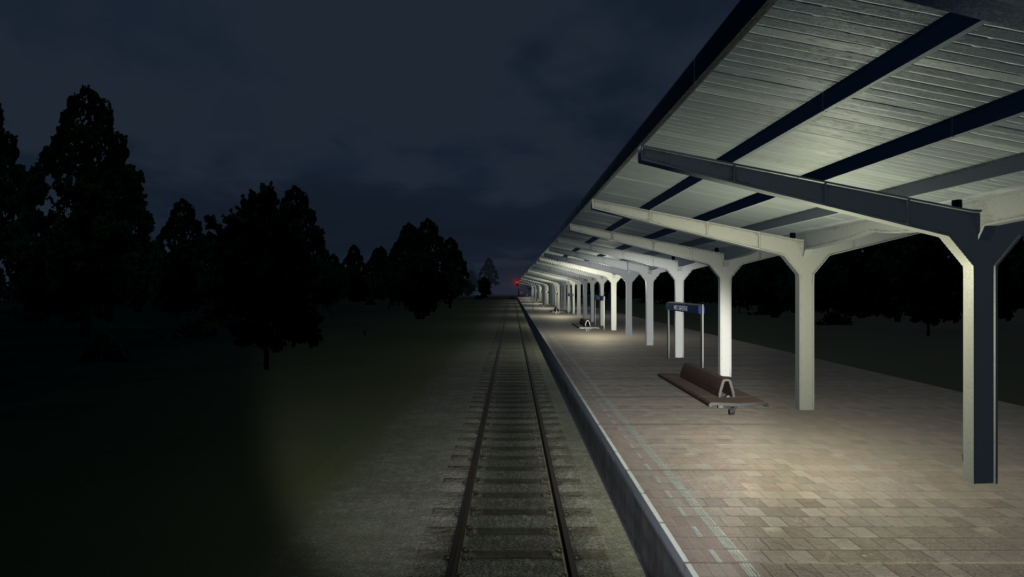
FRISO: intelligent simulation for optimum performance
Aside from the driver experience, which is of course paramount in terms of day-to-day consistency of service and safety, the overall resource efficiency of the rail network can also be significantly enhanced by simulation, and Agility3 is now involved in a further project with ProRail to this end.
This project involves building an update to the 3D solution to enable it to visualise more complex routes and to interface with the Flexible Rail Infra Simulation of Operations (FRISO) railway simulator developed by Dutch company INCONTROL.
In this integration, FRISO informs the traffic management system about the location and status of the trains, the occupation of the infrastructure, the allowed speed profile as permitted by the signalling system, and the allocation of routes.
The traffic management system, in turn, returns advisory speeds, booking of routes and change of track allocation – the idea being that multiple scenarios can be modelled to improve traffic performance by optimising punctuality and throughput against energy consumption.
And the effect of all these possible enhancements from the driver’s viewpoint in the cab is of course also clearly demonstrated, through the inbuilt 3D simulation capability – ensuring a great idea in principle never becomes a driver hazard in reality.
What the customer says
Innovation Programme Manager at ProRail, Jelle van Luipen, is clear about the benefits that Agility3’s involvement in the project has delivered. He comments: “ProRail are very happy with the project Agility3 delivered for visualising the Dutch railway infrastructure. From the very start of the project, Agility3 were willing and able to understand the needs of ProRail and, through their expertise in developing high-performance 3D visualisations, translate these needs into usable solutions.”
“Tight deadlines were always met and Agility3 are very easy to work with.”
In short, Agility3’s visualisation technology is not just taking rail network management into the third dimension, but well beyond – into places that promise greater efficiency, higher capacity, and, by extension, a greener economy.
What’s next: from bespoke solution to ready-made product
Excitingly, Agility3’s work across the rail industry developing a range of visualisation solutions has also paved the way for the development of a generic 3D train cab viewer application to support ERTMS training and research elsewhere in the industry, and we of course welcome any enquiries about this soon-to-be-announced solution.








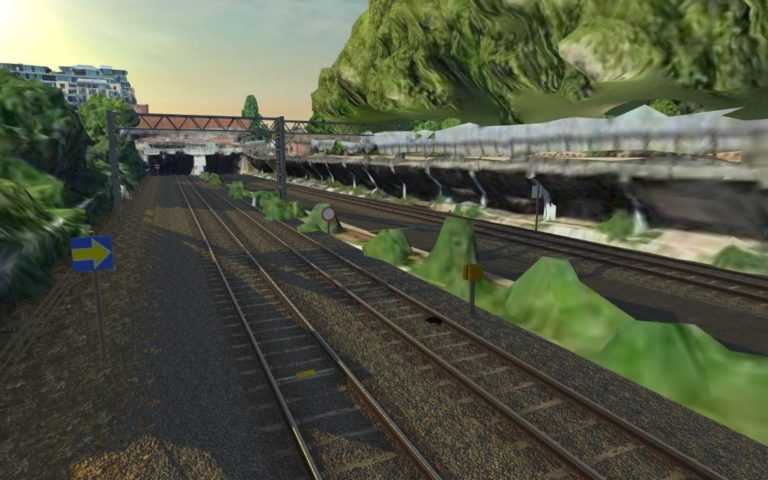
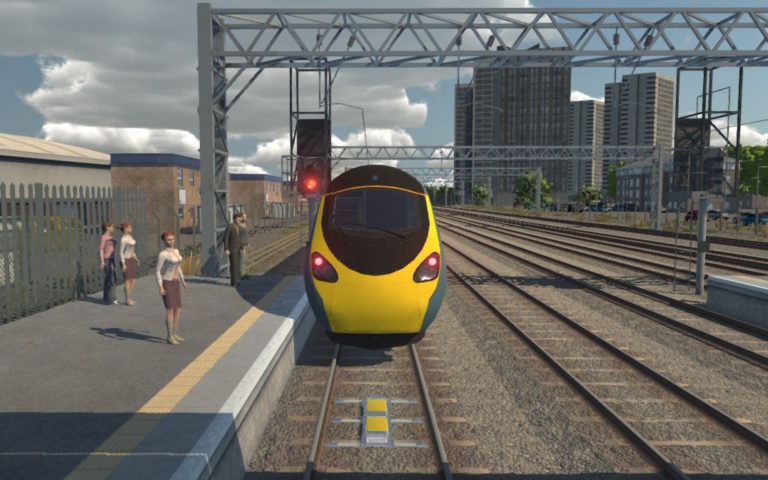

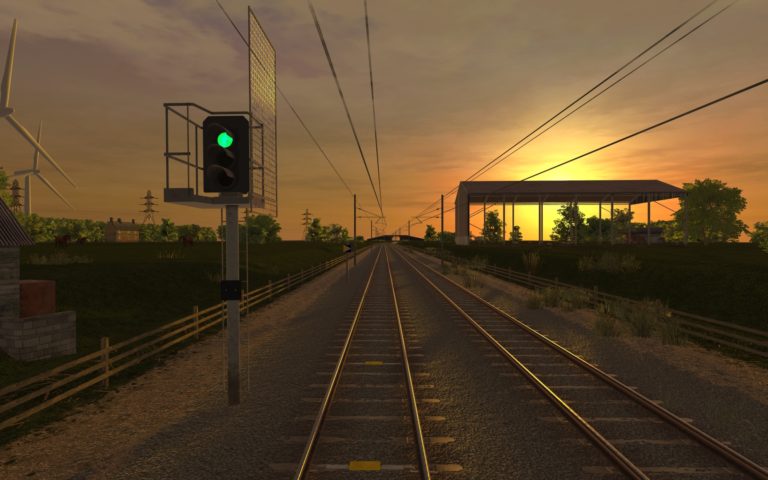
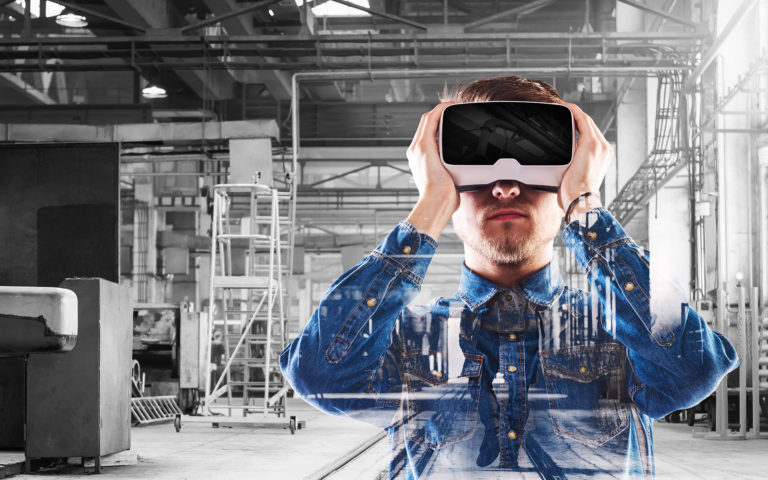
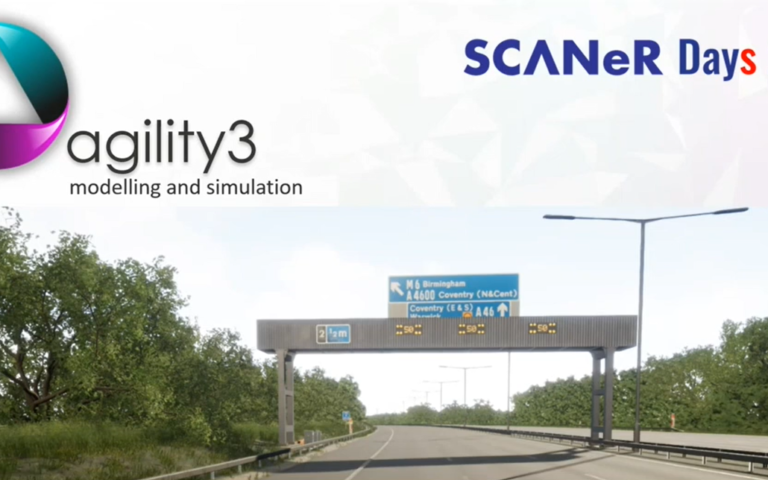
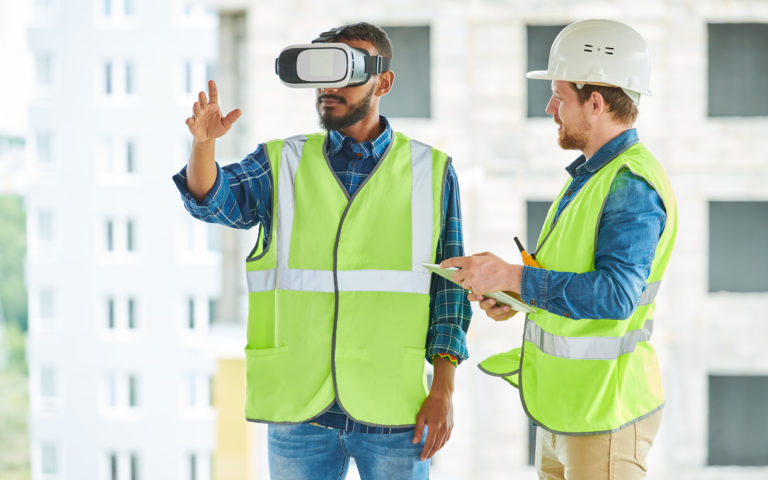

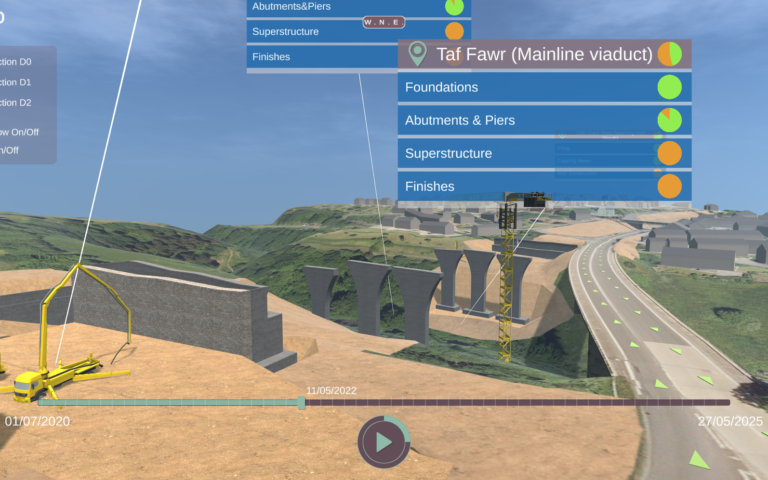
[…] across more diverse sectors, so whether we’re developing solutions for transport research or national rail infrastructure, for autonomous vehicle testing and trials or road safety, or anything else, we see the value in […]